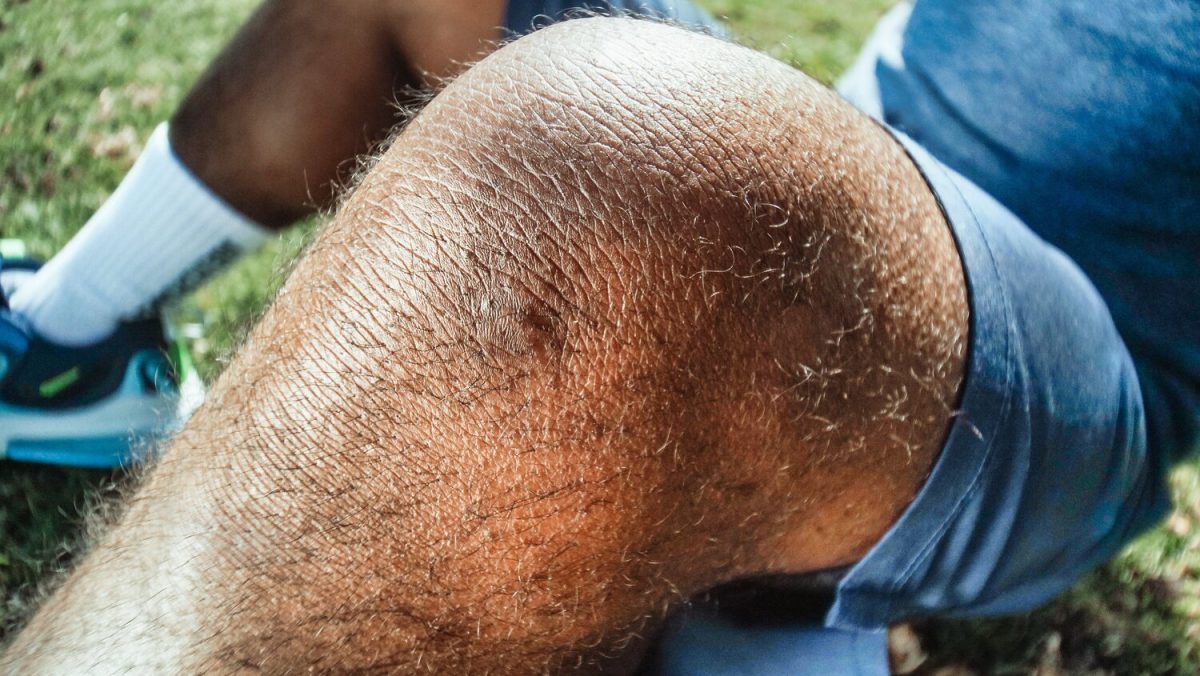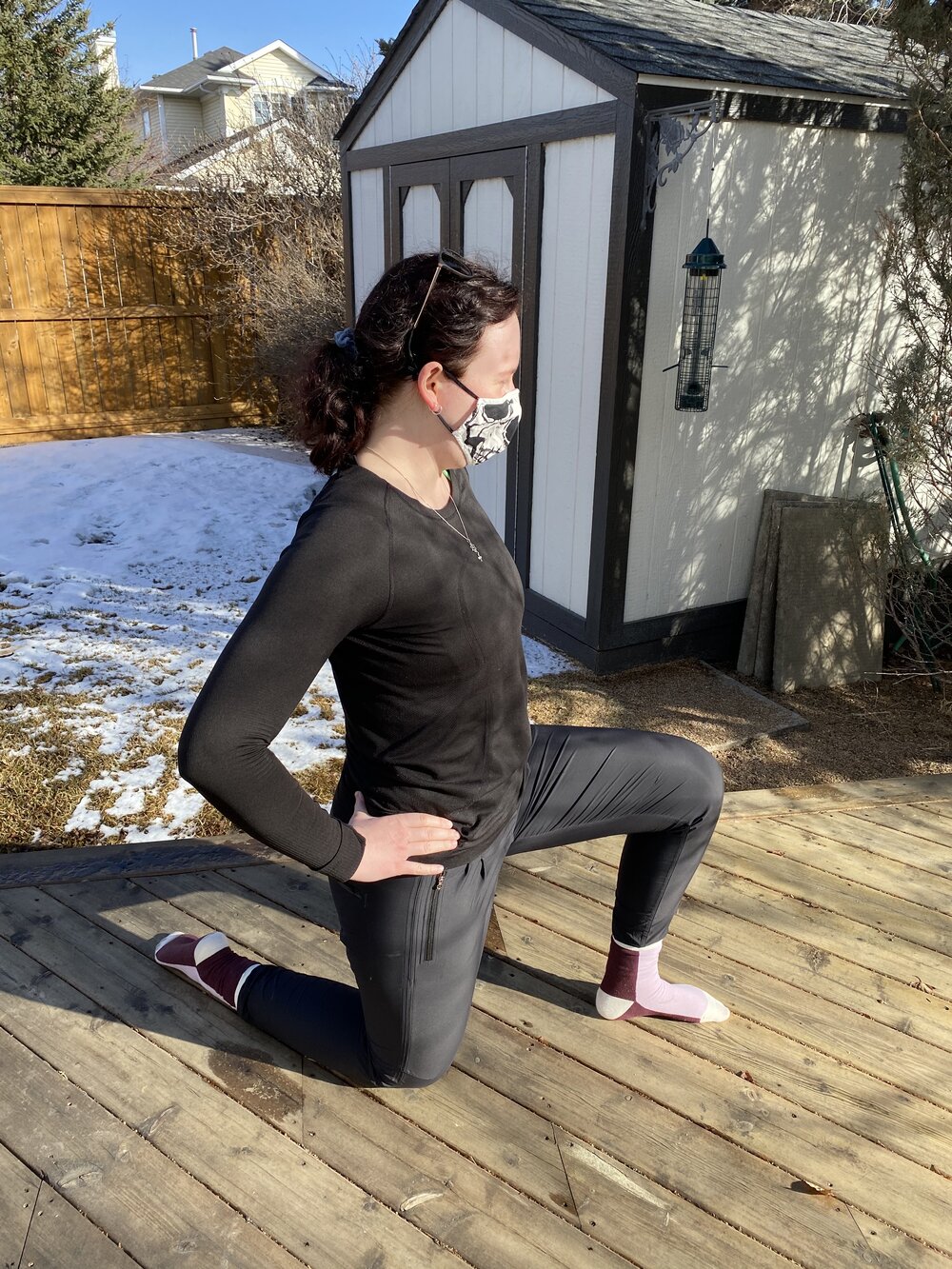At Group23, our physiotherapists provide thorough assessments and personalized treatment programs designed to prevent injuries, restore mobility, and return you to peak performance. We focus on not only helping you recover from injuries but also reducing the risk of future problems.
Our Calgary physiotherapy clinic offers hands-on manual therapy and customized rehabilitation programs to help you restore, maximize, and maintain movement for life.
Our registered massage therapists bring a deep understanding of the physical demands of various sports. They are a vital part of our collaborative healthcare team at Group23.
No referral is needed—book directly with one of our experienced physiotherapists or registered massage therapists today. If you’d like to see a sports physician before starting treatment, please ask your doctor for a referral.
Top Physiotherapy Treatments to Restore Mobility and Improve Function
We utilize advanced sports physiotherapy treatment modalities to effectively help return you to pain free function. We start by creating an appropriate program that’s just right for you, with the goal of reducing inflammation and increasing the activity of biological components involved in the healing process. </span></span>
Our physiotherapy treatments include: sport specific performance and rehabilitation programs, preoperative and postoperative education and rehabilitation, manual therapy, vestibular therapy, post-concussion management, injury prevention and screening programs, modalities (acupuncture, ultrasound, electrotherapy, Gunn IMS electrotherapy, shockwave therapy, Game Ready), athletic and kinesio taping.
Meet the Physiotherapy Team.
To book an appointment, call 403-284-4040
Experience the Benefits of Hydrotherapy for Faster Recovery and Healing
After any type of injury or surgery, increasing your mobility while still maintaining conditioning is a top priority. Group23’s advanced HydroWorx aquatic underwater treadmill allows you to correctly simulate land-based walking, running or sports-specific activities without the body weight and joint impact to help improve cardiovascular stamina.
Advanced physio hydrotherapy helps promote healing and improve range of motion, while also strengthening muscle and injured tissues with the use of a pool treadmill, water treadmill or underwater treadmill.
Benefits of HydroWorx Pool when rehabbing athletes with Lisa Hoffart, physiotherapist.
Anti-Gravity Treadmill
We pride ourselves on offering the most advanced physical therapy technology available. If you have been injured or are in rehabilitation, our AlterG® Anti Gravity Treadmill can help to regain mobility, develop strength and fitness, plus increase range of motion and natural movement—all while minimizing stress on your injuries.
The anti gravity treadmill provides physical therapists a precise way to track patient progress, keeping patients engaged and motivated. Ideal for hip replacement patients.
Shockwave Therapy Clinic – Non-Invasive Treatment for Chronic Pain
Shockwave therapy works with your body to stimulate the natural healing process through a series of non-invasive high-energy pulses. Radial shockwave therapy is easy to apply and has proven beneficial with patients seeing little improvement through traditional physical therapy.
It is an effective treatment option for areas where tissue attaches to bone. Such as jumper’s knee, shoulder pain, tennis elbow, heel spurs, prolonged muscle pain, chronic tendinopathy, medial tibial stress syndrome, calcification, hip pain – areas where tissue attaches to bone.) In some cases, it can potentially help eliminate the need for surgery altogether.
Call to book today: (403) 284-4040













